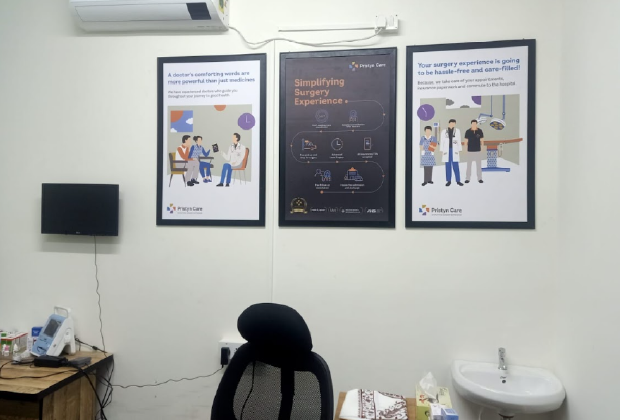

Mumbai
USFDA Approved Procedures
Minimally invasive. Minimal pain*.
Insurance Paperwork Support
1 Day Procedure
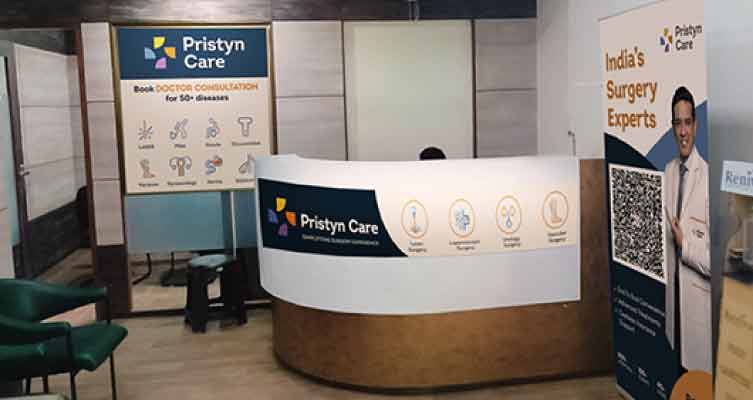
Pristyncare%20Clinic.webp)
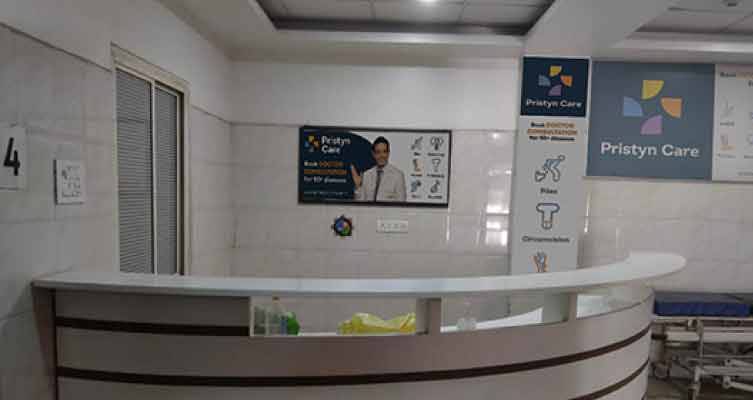
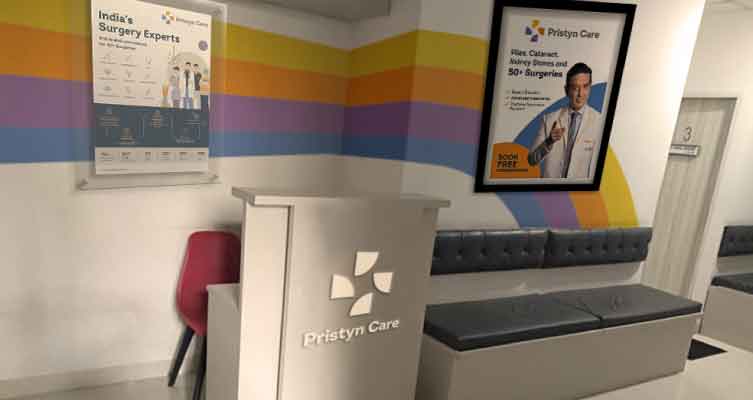
Rhinoplasty is a surgical procedure to reshape or correct the shape of the nose. This is an aesthetic surgery which can be favorable in several conditions such as:-

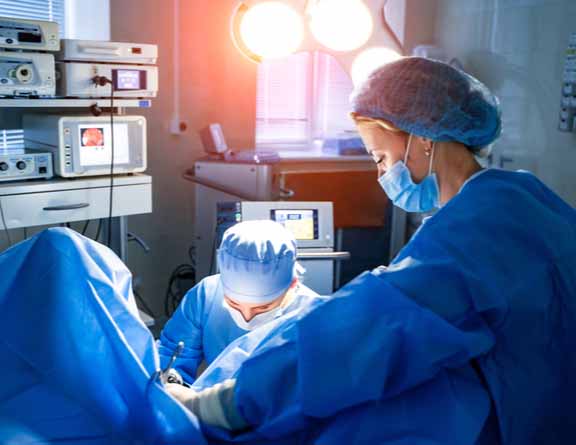
Why is Rhinoplasty Surgery Required?
Rhinoplasty surgery addresses both cosmetic and functional issues with the nose, making it a necessary option for many. Here are some key reasons why people choose this surgery:
In this section, we will take a brief look at the advanced rhinoplasty treatments available at Pristyn Care in Mumbai.
Scheduling a consultation is your first step when considering rhinoplasty. With your doctor, you can discuss your expectations and what your surgery can realistically accomplish. Here is a detailed outlook related to the diagnosis and consultation for rhinoplasty surgery:
During this consultation, you should:
With Pristyn Care, you end up receiving advice from experts who set realistic expectations and provide full care.
Comparing your options closely is essential when choosing a rhinoplasty surgeon. Pristyn Care is the premier choice for this transformative surgery. Below, you will find a comparison table that highlights why Pristyn Care is the go-to clinic for rhinoplasty, offering distinct advantages over other healthcare providers.
| Benefits | Pristyn Care | Others |
| Free Follow-up Consultation | Provided | Not always available |
| 24×7 Care Coordinator | Available | Not typically offered |
| No Cost EMI | Available | May not be available |
| Pickup & Drop Services | Provided | Not usually offered |
| Hospital Duration | Short | Can be longer |
| Minimum Paper Work | Streamlined process | More paperwork |
| Medical Expertise | Advanced laser and laparoscopic surgical treatment; USFDA-approved procedures | May vary depending on the facility |
| Pre-Surgery Diagnostics | Assisted in all pre-surgery medical diagnostics | May not be as comprehensive |
| Post Surgery Care | Free follow-up consultations and instructions, including dietary tips and exercises | May not be as thorough |
| Care Coordination | Dedicated Care Coordinator assists with insurance paperwork, commute, and hospital processes | Typically not offered |
Choosing Pristyn Care for rhinoplasty in mumbai means you will enjoy a smooth experience guided by some of the top rhinoplasty surgeons in mumbai. Their thorough and expert approach makes them a dependable option for anyone looking into this procedure.

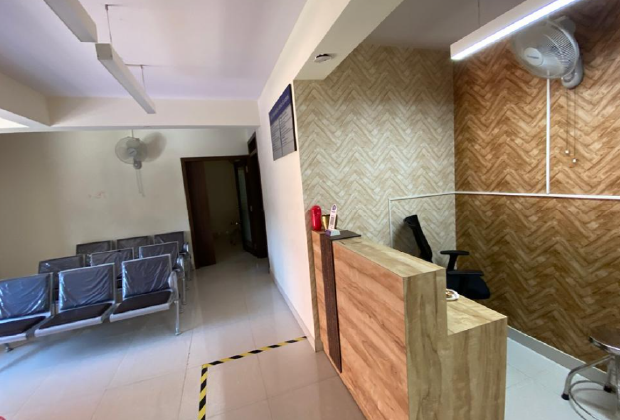

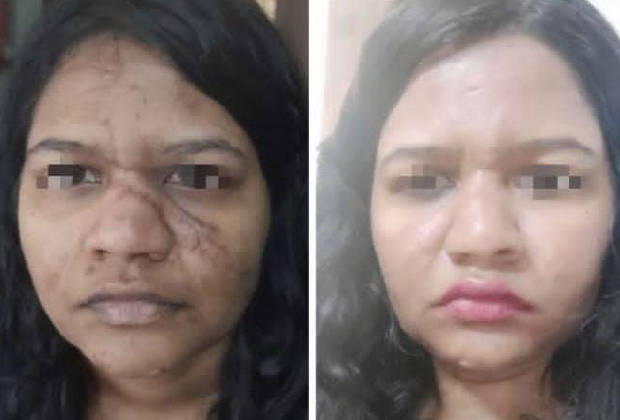
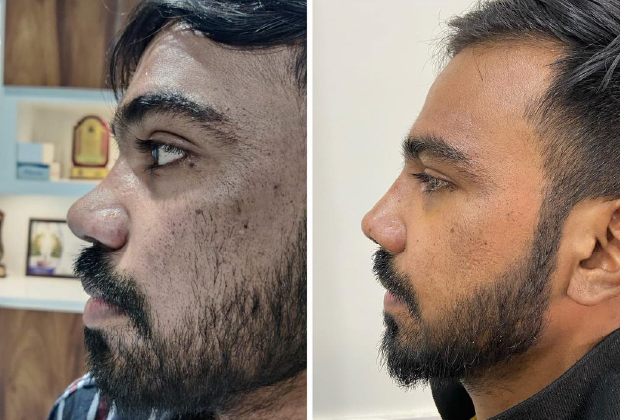
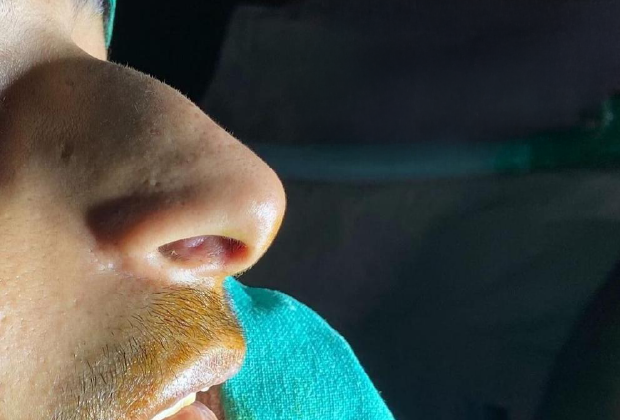
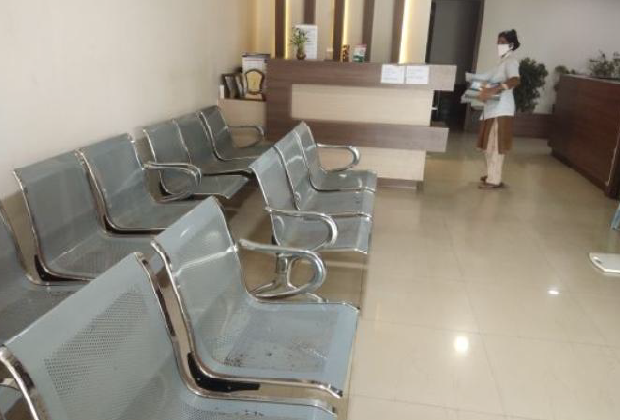
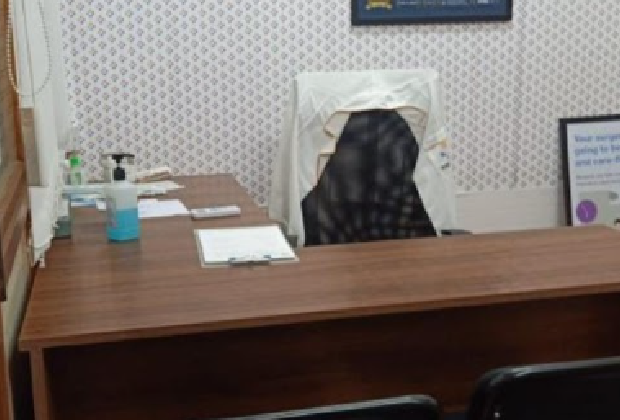








Delivering Seamless Surgical Experience in India
At Pristyn Care, we leverage closed and open rhinoplasty techniques to reshape the nose properly. The bone and cartilage are reconstructed, if required, to deliver the best outcomes.
We have well-trained rhinoplasty surgeons with 10+ years of experience and ample knowledge to perform the surgery safely. Our doctors compile a customized treatment plan for each patient.
Rhinoplasty is a minimally invasive procedure. There is no major scarring after the treatment. Thus, the surgery has no aesthetic downside.
Pristyn Care provides No-Cost EMI service to all patients who want to undergo rhinoplasty surgery. With No-Cost EMI, the entire treatment cost is divided into easily payable installments.
There is no specific age limit one requires for rhinoplasty. But 18 is considered a physically developed age and best suitable for the surgery.
Most rhinoplasty procedures are done by aesthetic surgeons, facial plastic surgeons and otolaryngologists. Dr. Gaurav Shalya and Dr. Rafat Ali are two popular Pristyn Care plastic surgeons performing rhinoplasty in Mumbai.
The cosmetic surgeries cost varies from patient to patient. The usual factors that should be considered in calculating the cost of rhinoplasty are consultation fee, type of procedure, any additional surgery etc. The average cost for rhinoplasty surgery starts from 35,000 INR and can go up to 70,000 INR.
People who are facing breathing issues, not happy about the existing shape or structure of the nose, have a facial injury from any accident or any congenital deformity like cleft palate are some main factors to undergo rhinoplasty.
If facial growth is developed and complete, have no serious medical condition and realistic aesthetic goals about the makeover. So, anyone who is fit and healthy is eligible for rhinoplasty.
Not really. Rhinoplasty is a minimally invasive surgery. The incisions made are either hidden or very small which will eventually fade within a year.
No, this surgery is done under the influence of anesthesia so you would not feel any pain during the procedure. Though, there might be slight discomfort during the recovery period which could be taken care of through medication.
There are no major complications or side effects of rhinoplasty surgery. This is an aesthetic surgery to acquire the desired modification or correction to your nose. There can be minor bruising, swelling or nasal bleeding which will be recovered under the guidance of the doctor.
No. The majority of the insurance companies in India do not cover aesthetic surgeries in their list. Pristyn Care has been offering 0 cost EMI options for surgeries to patients.
Finding the best clinic for rhinoplasty surgery in Mumbai is an important factor for the success of the treatment. Pristyn care clinics are providing the best treatment for nose correction, our highly experienced aesthetic surgeons performing rhinoplasty surgery for the past few years. We have helped many patients to get their confidence back after repairing their face deformities or reshaping the nose structure by making it symmetrical to facial features.
The average cost of rhinoplasty surgery in Mumbai is around Rs. 90,000 to Rs. 1,20,000. This is only an estimate and the exact price may vary for each patient due to factors like the extent of modification needed, the complexity of the procedure, surgeon’s fee, hospital charges, diagnostic tests, etc.
Insurance usually doesn’t cover rhinoplasty costs as it is a cosmetic procedure. However, if the patient is undergoing septorhinoplasty, some parts of the treatment will get covered by the insurance provider. For more information, it will be better if you talk to your insurance provider.
A septorhinoplasty is a combined technique that improves the appearance of the nose (rhinoplasty) and functions of the nose (septoplasty). It is performed when the bone and cartilage are modified in order to give the nose an ideal shape and correct the deviated septum as well.
The best technique for a nose job is determined by the rhinoplasty surgeon. The doctor will choose either open or closed technique depending on the patient’s condition and the desired results.
Rhinoplasty can have a significant or a minor impact on your facial appearance depending on the extent of modifications. Thankfully, the doctor analyzes the facial features prior to the surgery and enhances the nose accordingly. Therefore, your face will certainly look different and attractive after having rhinoplasty.
Augmentation rhinoplasty simply refers to the procedure that allows a surgeon to increase the projection of the nasal bridge. It can be done surgically with the help of silicone implants as well.
Yes, there are several risks of undergoing a nose job. But in most cases, it is safe irrespective of the patient’s age. This is due to the skills of the surgeon and the USFDA-approved latest tools and techniques. The doctors understand that nose jobs are complex. Hence, they take extra precautions to minimize the risks during the surgery.
Rhinoplasty or nose job is a procedure that can be safely performed by a plastic surgeon, cosmetic surgeon, and ENT specialist as well. Normally, plastic surgeons carry out this procedure. However, rhinoplasty also involves correction of the deviated septum, an ENT doctor may also be required in the surgeon’s team to carry out the procedure safely.
You can find the best rhinoplasty surgeon in Mumbai by following the tips below:
These tips will help you select the best rhinoplasty surgeon.
Open rhinoplasty may take around 1.5 to 3 hours whereas closed rhinoplasty can be performed within 1-2 hours. The overall time may include the duration the anesthesia takes to numb the facial region.
During a rhinoplasty procedure, either general or local anesthesia is used for sedation. The anesthetist makes the decision by analyzing the patient’s health and the complexity of the procedure.
The complete recovery time after rhinoplasty surgery is around 1 year. However, you will be able to perform most of the activities after 3-4 weeks.
During rhinoplasty, it is apparent that the nose will hurt. However, the doctor will prescribe some medications that will help to alleviate the pain and provide relief from the discomfort.
Rhinoplasty can be considered by individuals who are dissatisfied with the appearance of their nose or are experiencing breathing problems due to structural issues. It is suitable for:
However, it is important to ensure that you are physically healthy and have realistic expectations before considering the surgery. A consultation with our specialists at Pristyn Care will help determine if you are a good candidate for rhinoplasty.
Preparing for rhinoplasty involves both physical and psychological steps to ensure the best possible outcome:
Rhinoplasty surgery usually lasts between 1.5 to 3 hours, depending on the complexity of the procedure. It is usually performed under general anaesthesia, ensuring you are asleep and pain-free throughout the process.
After rhinoplasty, most patients experience some swelling and bruising, which is normal and expected. Your recovery time can vary, but the general guidelines include:
At Pristyn Care, we are committed to delivering outstanding results through cutting-edge techniques and compassionate care. If you’re considering rhinoplasty surgery, contact us today to schedule a consultation with one of our expert surgeons and take the first step towards your aesthetic transformation.
The recovery or healing period post rhinoplasty is usually two-four weeks. Patients might notice swelling and bruising which will disappear after some time with prescribed medication.
Best Aesthetic Surgeons – The best plastic surgeons available in Mumbai who are performing rhinoplasty with advanced technologies are Dr. Gaurav Shalya and Dr. Rafat Ali, highly experienced and board-certified surgeons taking care of nose job- related conditions. Our specialists understand the complexity of the procedures and deliver their best to patients looking to reshape the structure of their noses.Best Clinics- Pristyn Care clinics are located in Mumbai and are well equipped with the latest facilities, our personnel are well trained to provide foremost assistance. The pick-up and drop-off facility is given to patients to keep their energy level high during the treatment.
Non-surgical rhinoplasty is the procedure in which injectable fillers are used to alter the shape of the nose. It is also known as a liquid nose job and is done with the help of derma fillers. Mostly hyaluronic acid, like Juvederm, calcium hydroxyapatite, or Restylane is used for this procedure. It is very effective in filling the depressed areas of the nose, lifting the tip, or smoothing out the bumps and bridges on the nose.
Non-surgical rhinoplasty is more like an augmentation procedure, hence, it cannot help to reduce the size of the nose. Like any surgical procedure, this non-surgical treatment has some risks and complications. So, if you want to change the nose shape through this technique, make sure that you have a detailed consultation and understand the risks and benefits of the procedure.
Open and closed rhinoplasty are two different techniques that can be used to change the shape and structure of the nose. The key differences between these two techniques are explained below:
The rhinoplasty surgeon will explain the recovery timeline of the nose job. Typically, the final results of rhinoplasty will take around one year to become clearly visible. It may sound like a very long time but it is a critical period that will determine whether rhinoplasty surgery was worth it.
You can speed up the healing process by listening to the doctor’s advice and taking proper care of your nose.
Many people don’t realize this but the recovery period is the most crucial phase to get the desired results from rhinoplasty surgery. You will be able to achieve the best results by following the recovery tips below:
Take post-surgery follow-up appointments with the doctor to ensure that your nose is healing properly after rhinoplasty. The doctor will monitor whether the results are closer to what you desire or not. The doctor will also check if the splints or bandages need replacement.
| Sr.No. | Doctor Name | Ratings | Experience | Address | Book Appointment |
|---|---|---|---|---|---|
| 1 | Dr. Ashish Sangvikar | 4.6 | 25 + Years | Doctors House, Sec 21, behind DMart, Nerul (E) | Book Appointment |
| 2 | Dr. Vicky Ghewarchand Jain | 4.7 | 19 + Years | The Esthetique Clinique, 101, Mani Mahal, Mathews Road, Behind Charni Road Petrol Pump, Mumbai 400004, Landmark: Near Roxy Theatre, Mumbai | Book Appointment |
| 3 | Dr. Patel Vishalbhai Kantilal | 4.6 | 17 + Years | 302 Corporate Corner, near Dalmia College, Malad W | Book Appointment |
| 4 | Dr. Sagar Pramod Daiv | 4.6 | 12 + Years | Office 101, Makskap Centre, Andheri W, Mumbai | Book Appointment |
| 5 | Dr. Kunal Harshad Sayani | 4.6 | 10 + Years | Sapphire Plaza, SV Rd, Vile Parle West, Mumbai | Book Appointment |
Manisha
Recommends
Dr. Swamil checked my eyes and confirmed that due to rhinoplasty surgery it is causing pressure on my left eye nerves and suggested to get it checked by ENT specialist for further intervention and asked to continue with the prescribed eye drops.
Sheetalaprasad Shankar
Recommends
Pristyn Care's rhinoplasty surgery was a success. The plastic surgeon was skilled, and the procedure went smoothly. The post-operative care was excellent, and I'm satisfied with the results. Thank you, Pristyn Care!
.svg)
.svg)
.svg)